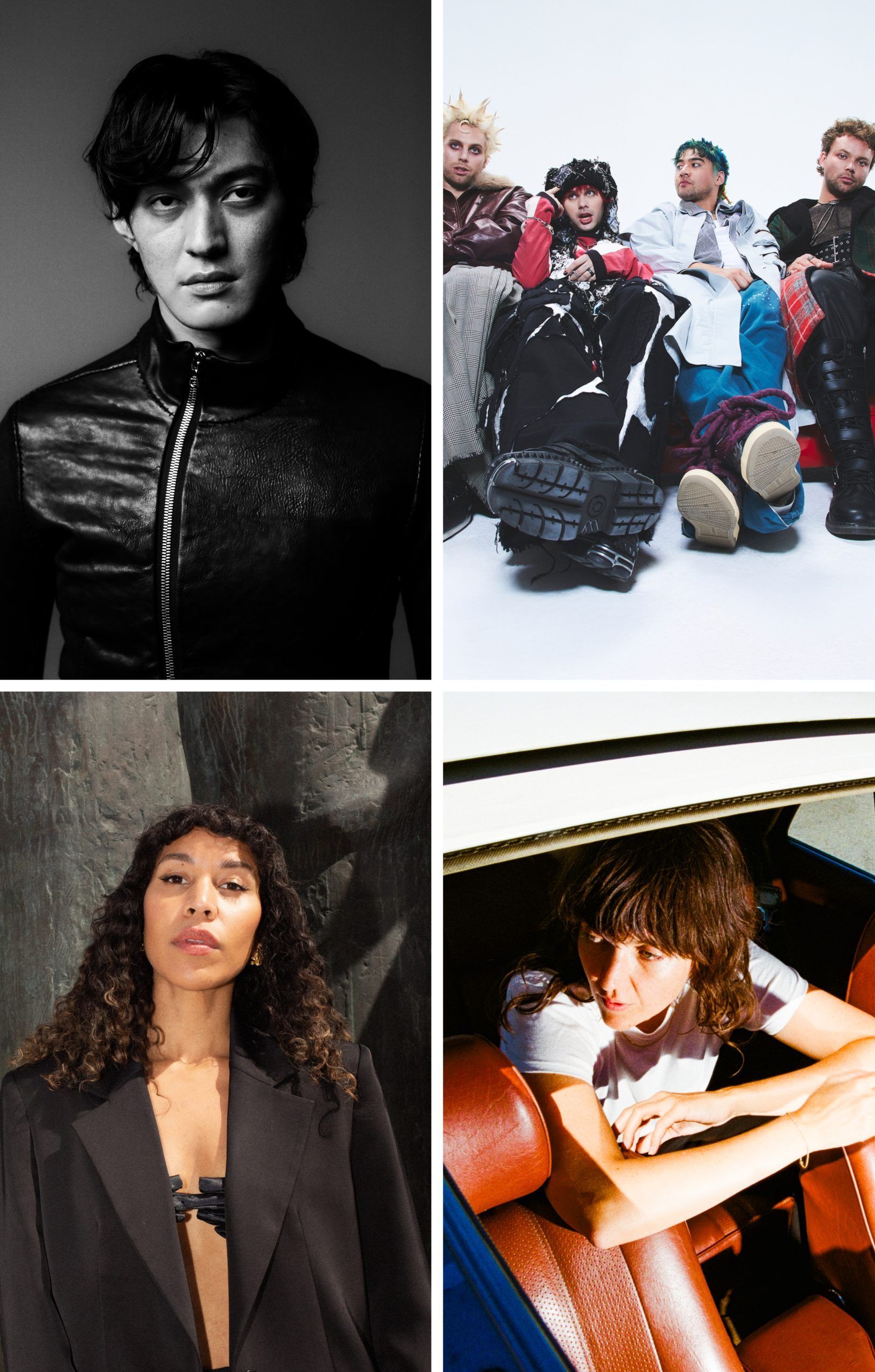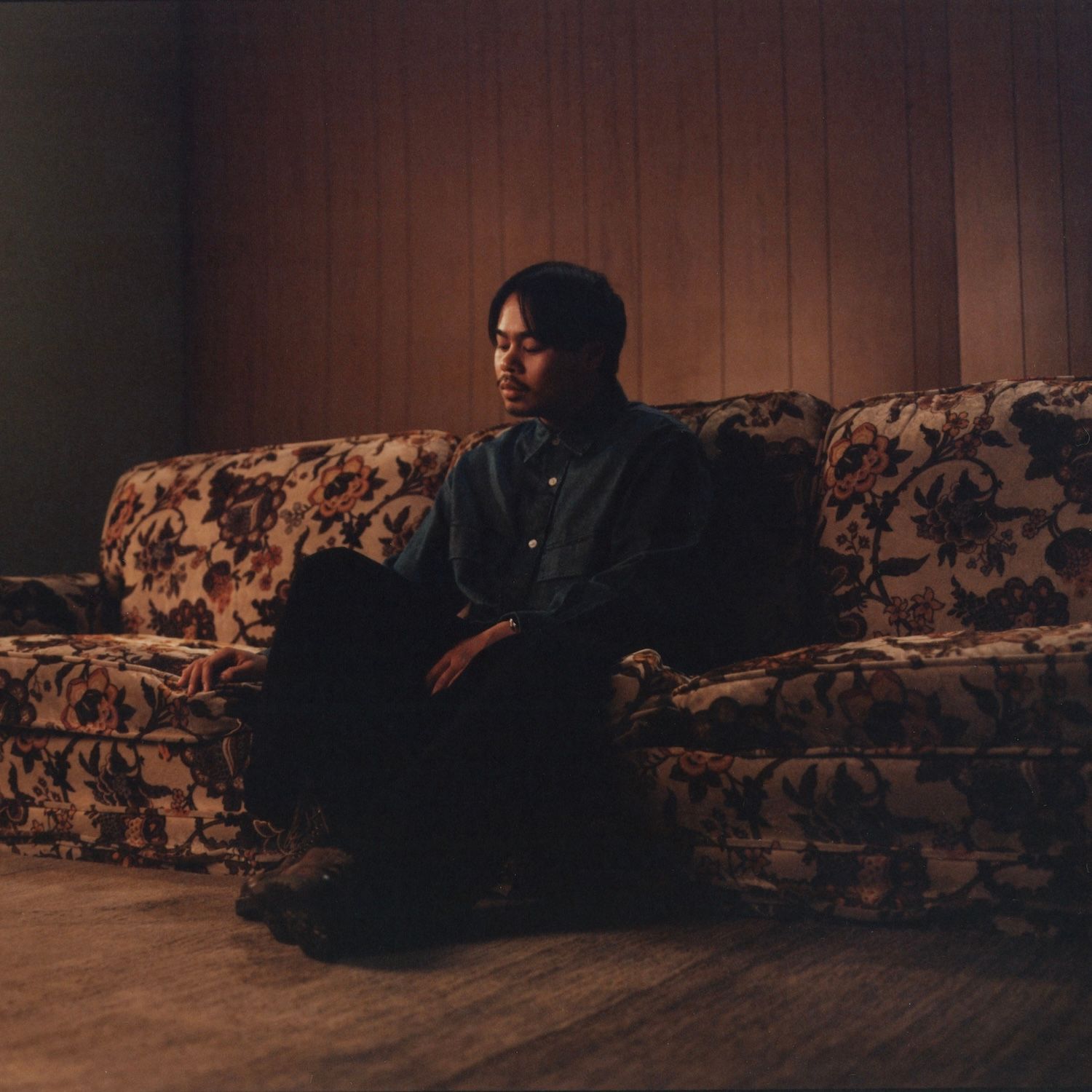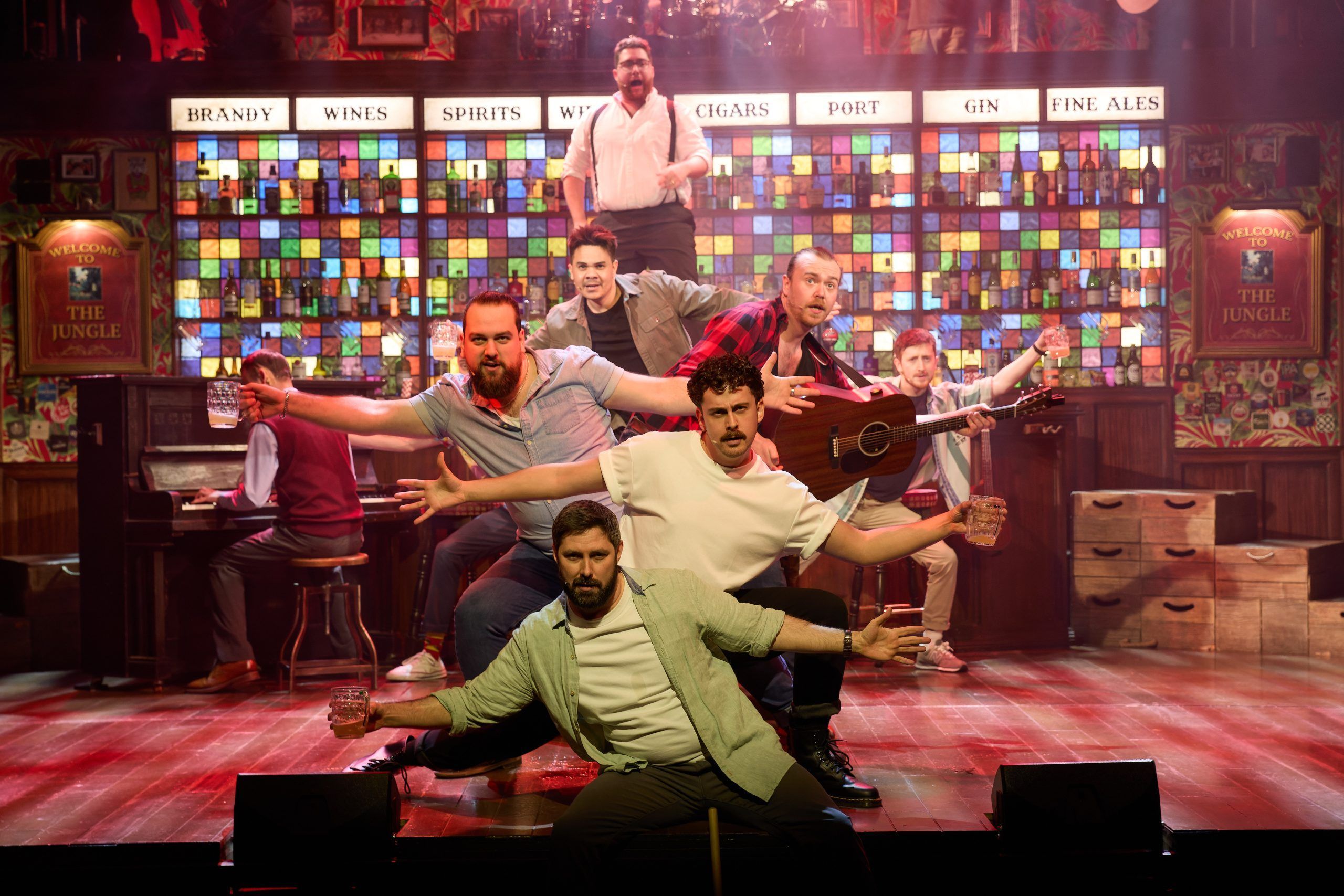
Introduction: Revolutionizing Online Shopping with Virtual Try-On Technology
The fashion industry has seen a monumental shift with the introduction of Virtual Try-On AI technology, providing an innovative way for fashion startups to enhance the online shopping experience. As e-commerce continues to grow, AI-powered try-ons and virtual fitting rooms offer consumers the opportunity to try on clothes virtually, without stepping foot inside a physical store. This technology bridges the gap between traditional retail and online shopping by providing a personalized experience that mimics in-store try-ons, all from the comfort of home.
AI clothing design tools and virtual try-on solutions are making it easier for fashion startups to deliver a seamless and interactive shopping experience. By integrating this cutting-edge technology, startups can stand out in a competitive marketplace and build stronger customer relationships, leading to increased sales and brand loyalty.
What is Virtual Try-On Technology for Fashion Startups?
Understanding the Basics of Virtual Try-On
Virtual Try-On AI technology combines augmented reality (AR) and AI algorithms to create a virtual representation of how clothing will look on a person’s body. AI clothing generators create a virtual avatar of the customer, based on their body shape and size. Using virtual try-on tools, the clothing is then virtually “placed” on the avatar, providing a real-time simulation of how the garment will fit and look. This process reduces the uncertainty that comes with online shopping, offering customers a more engaging and accurate way to test products before making a purchase.
Fashion startups can integrate this technology into their e-commerce platforms to create virtual fitting rooms where customers can try on multiple styles, sizes, and colors without ever leaving their home. This tool leverages AI fashion solutions to enhance user experience and drive sales conversions by offering an immersive, customized shopping experience.
How Virtual Try-On Technology Enhances Online Shopping
The introduction of virtual try-on clothing tools allows fashion startups to differentiate themselves by offering a more personalized and interactive shopping experience. By using AI-powered fashion solutions, customers can visualize how clothes will look on their body type, which helps improve their confidence in the purchasing decision. This technology also streamlines the shopping process, making it faster, more engaging, and less frustrating for the consumer.
AI clothing design tools make it possible for consumers to adjust sizes, view clothing from multiple angles, and experiment with various combinations. This helps them find the perfect fit, leading to fewer returns and greater overall customer satisfaction. Virtual try-ons reduce the risk of ill-fitting clothing and increase trust in the online shopping process.
Why Use Virtual Try-On AI for Clothes?
The Advantages for Consumers
One of the main advantages of using virtual try-on AI for consumers is the ability to visualize how clothes will fit them before purchasing. With AI-powered fashion solutions, virtual clothing try-ons remove the uncertainty of sizing and fit. Customers can try on clothes virtually, adjusting fit, fabric, and color in real-time, which ensures that the clothing will match their expectations once delivered.
This technology allows customers to make more informed decisions, thus reducing the chances of purchasing the wrong size or style. The ability to try clothes virtually eliminates the frustration of traditional online shopping, where the customer has to wait for delivery and then possibly deal with returns or exchanges.
The Benefits for Fashion Brands
For fashion startups, integrating virtual try-on clothing technology offers several important benefits. First, it enhances the customer experience by providing personalized fashion recommendations that increase engagement. When consumers are able to interact with a brand in a more meaningful way through virtual fitting rooms, it can increase brand loyalty and encourage repeat purchases.
Additionally, AI-powered fashion solutions help fashion startups reduce return rates, which are a significant challenge in e-commerce. By allowing customers to try on clothes virtually, startups can ensure that customers are satisfied with their selections, leading to fewer returns and more sustainable business practices.
How to Try On Clothes Virtually with AI: A Step-by-Step Guide
Creating Your Virtual Avatar
To get started with virtual try-on technology, the first step is creating your virtual avatar. Users can create their avatar by uploading a photo or using a live webcam to capture their body measurements. Once the avatar is created, the AI clothing design tools map the measurements to ensure that the fit and proportions are accurate. This avatar becomes the base for trying on clothes virtually.
Trying on Clothes Virtually
Once the avatar is set up, users can explore clothing options available on the fashion startup’s website or app. The AI-powered fashion solution then applies the selected clothing to the avatar, showing how it will fit and look. Users can adjust the size, color, and even mix and match different items to find the perfect outfit.
The experience is interactive, and users can view the clothing from multiple angles, allowing them to simulate how the garment would look in real life. This feature empowers consumers to make purchasing decisions with greater confidence, knowing exactly how the clothing will fit them.
Virtual Try-On Apps and Tools for Fashion Startups
Top Virtual Try-On Solutions for Startups
Several virtual try-on apps and tools have been developed to help fashion startups integrate this technology into their e-commerce platforms. Here are some of the leading virtual try-on solutions for fashion startups:
- sellerpic : sellerpic is a virtual try-on app that allows users to upload their photos and try on clothing from various brands in real-time. This app uses AI-powered fashion solutions to give users a realistic idea of how clothing will look and fit.
- adobe photoshop: adobe photoshop provides AI clothing generators to help fashion startups offer personalized fashion recommendations. The app analyzes customer preferences and body shape to suggest clothing that fits best.
- Fit Analytics: Fit Analytics provides a virtual wardrobe where users can create custom size profiles based on detailed body measurements, helping fashion startups provide a better shopping experience.
Customizing Virtual Try-On Solutions for Your Startup
Fashion startups can work with platforms that allow for customization of virtual try-on tools to match their specific brand aesthetics. This includes customizing the fit, style, and overall look of the virtual try-on interface. By leveraging AI-generated clothing models, startups can offer a unique shopping experience tailored to their customer base.
How Virtual Try-On Technology Helps Startups Compete in the Fashion Industry
Standing Out in a Competitive Market
The fashion industry is incredibly competitive, with new startups emerging regularly. Virtual try-on technology offers fashion startups a unique way to stand out from the competition. By offering AI-powered virtual fitting rooms, startups can attract consumers who value convenience and personalized shopping experiences.
Improving Brand Loyalty and Customer Retention
Providing a seamless, interactive shopping experience with virtual try-on clothing can help fashion startups retain customers and increase loyalty. Customers who have a positive experience using virtual fitting rooms are more likely to return to the brand for future purchases. This also encourages repeat business, creating long-term value for startups.
Future Trends: What’s Next for Virtual Try-On AI in Fashion?
Advancements in AI Clothing Design
As AI clothing design tools continue to evolve, we can expect even more sophisticated features, such as real-time fabric rendering and better body shape recognition. This will allow for even more accurate simulations and personalized fit recommendations. AI fashion generators will also become more intuitive, offering users a broader range of customizable options for virtual clothing try-ons.
The Impact of AI on Sustainable Fashion
Virtual try-on solutions are not only revolutionizing how consumers shop but also how fashion startups approach sustainability. By using AI-generated clothing models and virtual try-ons, startups can minimize waste by producing only the most popular designs. This contributes to more sustainable practices in the fashion industry, aligning with growing consumer demand for eco-friendly options.
Conclusion
Virtual Try-On AI technology is proving to be a game-changer for fashion startups, enabling them to provide a more personalized, engaging, and accurate shopping experience for consumers. By incorporating AI-powered fashion solutions and virtual try-on apps, startups can reduce return rates, increase customer satisfaction, and set themselves apart in a competitive market. As technology continues to evolve, we can expect even more innovative solutions that will reshape the future of fashion e-commerce, making it more sustainable, personalized, and interactive.
FAQs
What is Virtual Try-On Technology for Fashion Startups?
Virtual try-on technology enables customers to virtually try on clothing by creating a virtual avatar that simulates how clothes will fit and look. This AI-powered technology enhances the online shopping experience by offering a personalized fit without physically trying on the clothes.
How Does Virtual Try-On Technology Work?
Virtual try-on works by creating a virtual avatar of the user through a photo or live webcam feed. The avatar’s body is mapped using AI clothing design tools, which simulate how different outfits will fit and look on the user.
Why Should Fashion Startups Use Virtual Try-On?
Fashion startups should use virtual try-on technology to improve customer engagement, reduce return rates, and enhance the shopping experience. It helps provide personalized fashion recommendations, increasing customer satisfaction and trust.
How Accurate is Virtual Try-On Technology?
Virtual try-on technology is highly accurate, using detailed body measurements and fabric simulations to create a realistic virtual try-on experience. However, the accuracy can depend on the platform’s technology and user input.
Can Virtual Try-On Technology Help Fashion Startups Save Money?
Yes, virtual try-on technology helps startups save money by reducing the need for physical samples and photoshoots. AI-generated clothing models can be used to showcase products online, cutting down on production and marketing costs.
What Are the Best Virtual Try-On Apps for Fashion Startups?
Some of the best virtual try-on apps include seller pic, adobe photoshop, and Fit Analytics. These platforms offer AI-powered fashion solutions that allow users to try on clothing virtually and receive personalized recommendations.
How Can Startups Integrate Virtual Try-On into Their E-commerce Website?
Fashion startups can integrate virtual try-on technology by partnering with AI fashion platforms or using customizable apps that integrate directly into their e-commerce websites.
How Does Virtual Try-On Technology Help Reduce Returns?
Virtual try-on clothing tools allow consumers to see how clothes will fit before purchasing, which helps them make informed decisions, reducing the likelihood of returns due to fit issues.
Is Virtual Try-On Technology Suitable for All Fashion Startups?
Yes, virtual try-on technology can benefit startups of all sizes, especially those in fashion e-commerce. It helps improve customer experience and makes startups more competitive in a fast-moving industry.
What Does the Future Hold for Virtual Try-On Technology?
The future of virtual try-on technology includes advancements such as real-time fabric rendering, 3D body scanning, and better personalization. These innovations will make the shopping experience more realistic and tailored to individual preferences.




